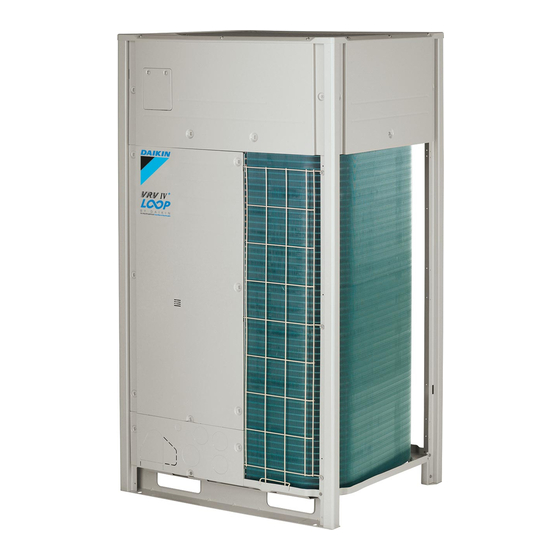
Daikin VRV IV+ Installer And User Reference Manual
Hide thumbs
Also See for VRV IV+:
- Service manual (476 pages) ,
- Installer and user reference manual (168 pages) ,
- Installation and operation manual (52 pages)

















Need help?
Do you have a question about the VRV IV+ and is the answer not in the manual?
Questions and answers